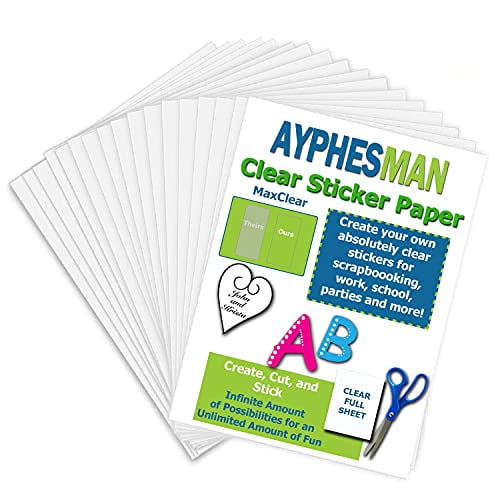

This was bleached momentarily in a pinch of Washing Soda and then toned in Tannin for a few minutes. This print was overexposed, bleached back in washing soda and toned in Tannin to produce this reddish/yellow tone. I can only do this by example, I do not use many papers, toning will produce a good range of colours in all of them. I have been asked by Silverprint Ltd of London to recommend papers that are suitable for printing using the Cyanotype process. Of course it must be with a superb print far in advance of the above to warrant the expenditure. If someone can prove to me by example that by coating platine without any modification whatsoever and with the original formula (Brown AFC preferably, but Green if you cannot obtain it) as I have done to all the prints above and I am able to repeat the same, I will retract all I have said and be platines most ardent advocate. I have had some feedback all of it so far anecdotal. I find that there is so much misinformation on the Challenge Of course they haven’t because they will think it’s their fault and not the paper or even worse, this is what Cyanotypes will look like, such is is power of photographers blackmail. I know you are going to think that no one else has said this. You can see now why I consider platine to be absolutely useless for the Cyanotype process. It has been bleached in a pinch of washing soda and toned in tannin for a few minutes. This is a finished print to show you just what can be achieved. This is approaching what I want maybe just a bit lighter to make it suitable for a brief bleach and tannin toning.
#Translucent paper for printing full
Which as you can see has a full tonal range and even some depth to it, the negative needs a lot more doing to it so the final print will be a lot better than this.ĭaler Rowney cartridge paper (2 days later) I expected that the platine being the ‘pinnacle’ of alternative process papers would produce a print that was far in advance of this one. I used the same coating technique again but exposed this for 11 minutes, once again the cartridge paper produces a better print even though it is overexposed.Īnd yet again coated in the same manner and exposed for 9 minutes. I coated some more platine with 5 ml of emulsion and still there are areas where it soaked so far into the paper that it resulted in areas that are far too light. This was made with my first and not very contrasty negative, the 1 above and the 3 below this one were made with another more contrasty negative.Įxposed for the same 9 minutes. Under exposed at 8 minutes, using the the same coating technique as the Light blue platine mud but showing a greater tonal range. You see can lighter areas where the emulsion has soaked into the paper. This one was exposed for 9 minutes at 12 inches. After this I resolved to put more emulsion on another sheet.

Platine print one, I coated this with 3 ml of emulsion and got this flat and muddy print. Papers that can produce full tonal range prints and will tone without staining the surrounding paper base are available from every art shop.

I never offer my strong opinions without providing examples and at the bottom of the page you will find my Challenge. The expensive, snobbish and ridiculous cap doffing aspect rides again (and I fell for it) I see it now as my duty to expose it (in both senses of the word 🙂 for the rubbish that it is. I wish I hadn’t and to warn others before they part with their hard earned cash I’ve put up this page. Like an idiot I succumbed to the photographers blackmail and bought some arches platine. Jim Read argues the case for using inexpensive papers for printing cyanotypes.


 0 kommentar(er)
0 kommentar(er)
